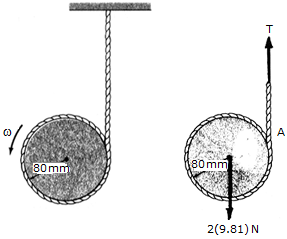PKRB: Impulse and Momentum - General Questions
- Home
- Mechanical Engineering
- Engineering Mechanics Questions & Answers
- PKRB: Impulse and Momentum - General Questions
PKRB: Impulse and Momentum - General Questions
| 1. |
|
|||||||
Answer: Option C Explanation: No answer description available for this question. Let us discuss. |
| 2. |
|
|||||||
Answer: Option B Explanation: No answer description available for this question. Let us discuss. |
| 3. |
|
|||||||
Answer: Option D Explanation: No answer description available for this question. Let us discuss. |
| 4. |
|
|||||||
Answer: Option C Explanation: No answer description available for this question. Let us discuss. |
| 5. |
|
|||||||
Answer: Option B Explanation: No answer description available for this question. Let us discuss. |
| 6. |
|
|||||||
Answer: Option C Explanation: No answer description available for this question. Let us discuss. |
| 7. |
|
|||||||
Answer: Option D Explanation: No answer description available for this question. Let us discuss. |
| 8. |
|
|||||||
Answer: Option D Explanation: No answer description available for this question. Let us discuss. |


 = 183.9 rad/s
= 183.9 rad/s






 = 0.4.
= 0.4.
 = 90° until it strikes the edge at A,
= 90° until it strikes the edge at A,